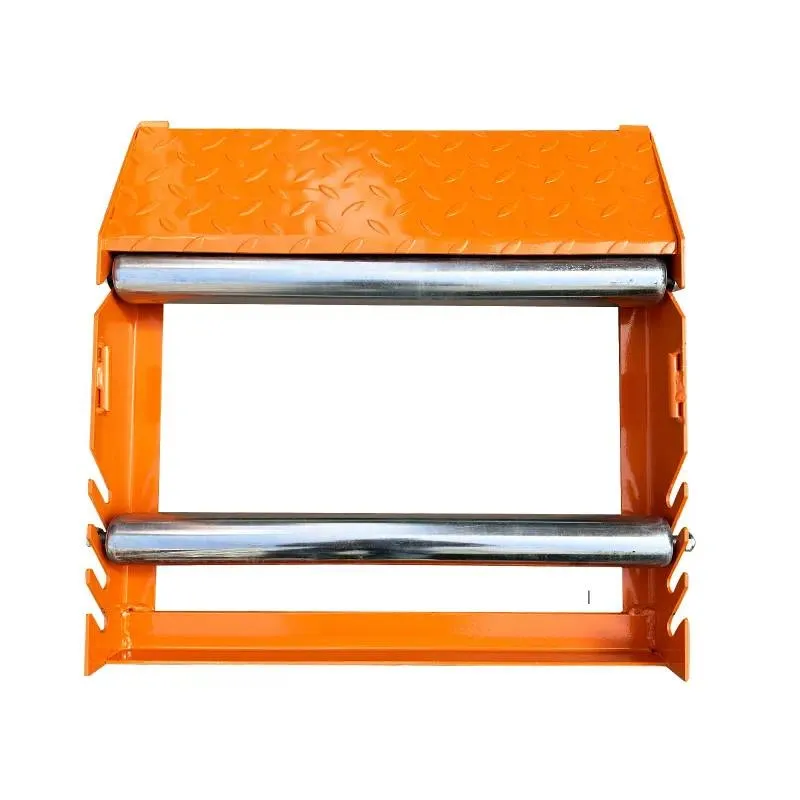
-
 Afrikaans
Afrikaans -
 Albanian
Albanian -
 Amharic
Amharic -
 Arabic
Arabic -
 Armenian
Armenian -
 Azerbaijani
Azerbaijani -
 Basque
Basque -
 Belarusian
Belarusian -
 Bengali
Bengali -
 Bosnian
Bosnian -
 Bulgarian
Bulgarian -
 Catalan
Catalan -
 Cebuano
Cebuano -
 Corsican
Corsican -
 Croatian
Croatian -
 Czech
Czech -
 Danish
Danish -
 Dutch
Dutch -
 English
English -
 Esperanto
Esperanto -
 Estonian
Estonian -
 Finnish
Finnish -
 French
French -
 Frisian
Frisian -
 Galician
Galician -
 Georgian
Georgian -
 German
German -
 Greek
Greek -
 Gujarati
Gujarati -
 Haitian Creole
Haitian Creole -
 hausa
hausa -
 hawaiian
hawaiian -
 Hebrew
Hebrew -
 Hindi
Hindi -
 Miao
Miao -
 Hungarian
Hungarian -
 Icelandic
Icelandic -
 igbo
igbo -
 Indonesian
Indonesian -
 irish
irish -
 Italian
Italian -
 Japanese
Japanese -
 Javanese
Javanese -
 Kannada
Kannada -
 kazakh
kazakh -
 Khmer
Khmer -
 Rwandese
Rwandese -
 Korean
Korean -
 Kurdish
Kurdish -
 Kyrgyz
Kyrgyz -
 Lao
Lao -
 Latin
Latin -
 Latvian
Latvian -
 Lithuanian
Lithuanian -
 Luxembourgish
Luxembourgish -
 Macedonian
Macedonian -
 Malgashi
Malgashi -
 Malay
Malay -
 Malayalam
Malayalam -
 Maltese
Maltese -
 Maori
Maori -
 Marathi
Marathi -
 Mongolian
Mongolian -
 Myanmar
Myanmar -
 Nepali
Nepali -
 Norwegian
Norwegian -
 Norwegian
Norwegian -
 Occitan
Occitan -
 Pashto
Pashto -
 Persian
Persian -
 Polish
Polish -
 Portuguese
Portuguese -
 Punjabi
Punjabi -
 Romanian
Romanian -
 Russian
Russian -
 Samoan
Samoan -
 Scottish Gaelic
Scottish Gaelic -
 Serbian
Serbian -
 Sesotho
Sesotho -
 Shona
Shona -
 Sindhi
Sindhi -
 Sinhala
Sinhala -
 Slovak
Slovak -
 Slovenian
Slovenian -
 Somali
Somali -
 Spanish
Spanish -
 Sundanese
Sundanese -
 Swahili
Swahili -
 Swedish
Swedish -
 Tagalog
Tagalog -
 Tajik
Tajik -
 Tamil
Tamil -
 Tatar
Tatar -
 Telugu
Telugu -
 Thai
Thai -
 Turkish
Turkish -
 Turkmen
Turkmen -
 Ukrainian
Ukrainian -
 Urdu
Urdu -
 Uighur
Uighur -
 Uzbek
Uzbek -
 Vietnamese
Vietnamese -
 Welsh
Welsh -
 Bantu
Bantu -
 Yiddish
Yiddish -
 Yoruba
Yoruba -
 Zulu
Zulu


Oct . 19, 2024 00:17 Back to list
Hydraulic Crimping Tool Maintenance and Oil Recommendations for Optimal Performance
Understanding Hydraulic Crimping Tool Oil A Vital Component for Optimal Performance
Hydraulic crimping tools are indispensable equipment in various industries, including construction, electrical, and automotive. These tools are used to create secure and durable connections between wires and connectors by applying significant pressure. The efficiency and longevity of hydraulic crimping tools largely depend on the quality and maintenance of the hydraulic oil used. This article explores the importance of hydraulic crimping tool oil and how it impacts performance.
Hydraulic oil, in the context of crimping tools, serves multiple crucial functions. Primarily, it acts as a hydraulic fluid that transmits power within the tool's system. The oil facilitates smooth and consistent movement of the hydraulic pistons, which is essential for achieving precise crimping results. Without the appropriate hydraulic oil, the tool may experience erratic operation, which can lead to subpar crimping and, ultimately, compromised connections.
Choosing the right hydraulic oil is critical. Many manufacturers specify the type of hydraulic fluid that should be used with their tools. These specifications often include viscosity ratings, additives, and compatibility requirements. Using an oil that does not meet these specifications can result in increased wear and tear on the tool, reduced efficiency, and even complete failure in extreme cases. Therefore, always refer to the manufacturer’s guidelines to ensure optimal performance.
hydraulic crimping tool oil

Moreover, the quality of hydraulic oil has a significant impact on the operating life of the crimping tool. High-quality oils often contain additives that enhance lubrication, reduce friction, and prevent corrosion. These lubricants help maintain the integrity of internal components, prolonging the lifespan of the tool and ensuring reliable operation over time. Conversely, lower-quality oils may degrade faster, leading to increased maintenance needs and reduced tool performance.
Regular maintenance and proper oil management are equally important for hydraulic crimping tools. This includes checking the oil levels periodically, inspecting for contamination or degradation, and replacing the oil as needed. Contaminants such as dirt, moisture, and metal shavings can compromise the hydraulic oil’s effectiveness, leading to tool malfunctions or damage. A proactive maintenance routine not only enhances performance but also minimizes downtime and costly repairs.
In summary, hydraulic crimping tool oil plays a crucial role in the effective operation of hydraulic crimping tools. Selecting the right oil, adhering to manufacturer specifications, and maintaining optimal oil conditions are essential to ensure these tools function efficiently and safely. By investing time and resources into proper maintenance and oil management, users can maximize the lifespan and performance of their hydraulic crimping tools, resulting in superior crimping results and reliable connections.
Latest news
What Are Construction Tools and How Are They Used?
NewsJul.11,2025
Professional-Grade Duct Rodding Tools for Superior Cable Installation
NewsJul.11,2025
Enhancing Safety and Efficiency with Modern Hot Stick Solutions
NewsJul.11,2025
Empowering Cable Installation with Advanced Rodder Solutions
NewsJul.11,2025
Elevate Your Cable Installation Projects with Cable Pulling Tools
NewsJul.11,2025
Efficient Cable Handling Solutions: Cable Rollers for Sale
NewsJul.11,2025











